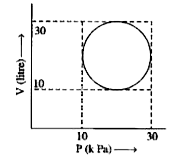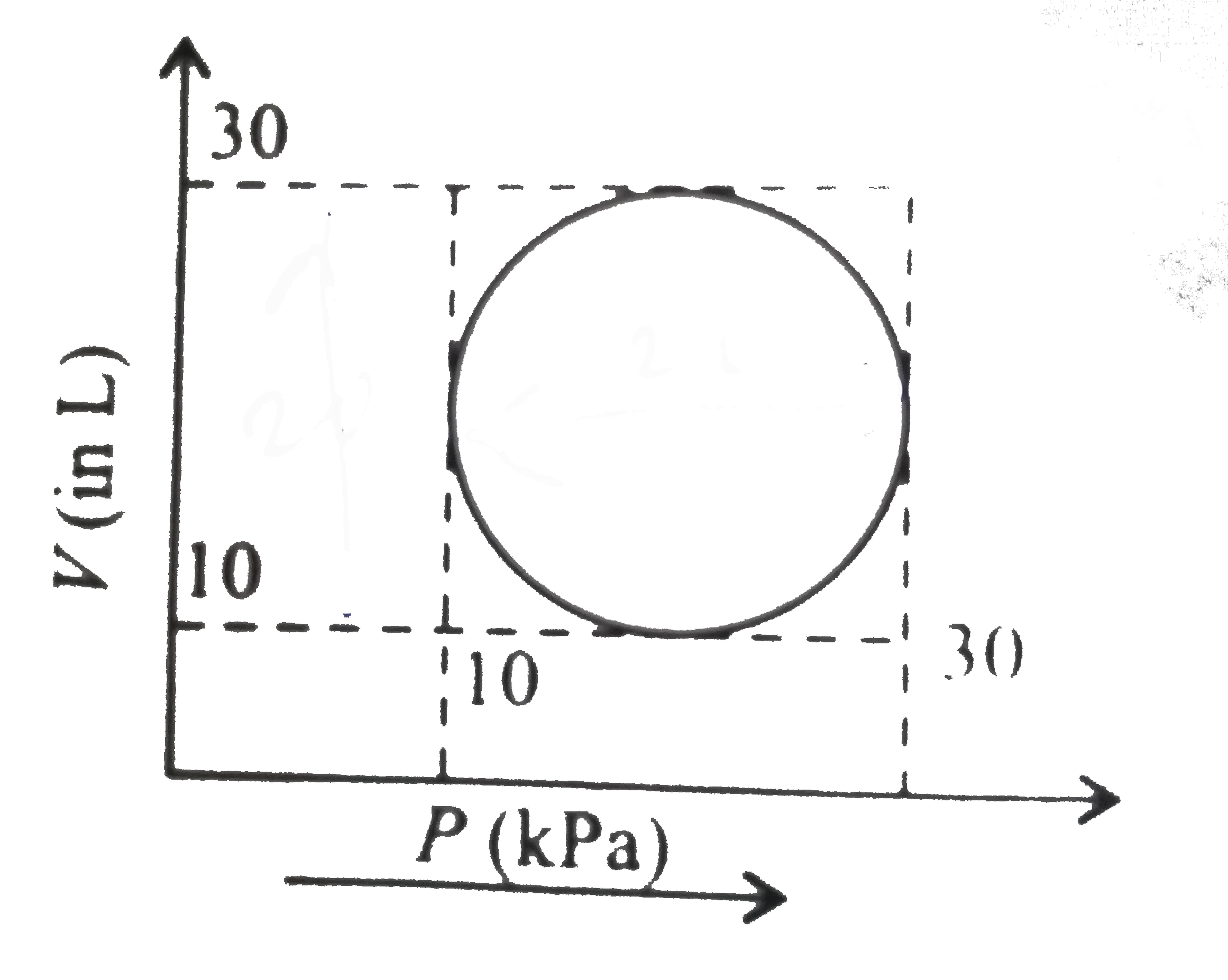the radiant energy absorbed by carotenoids is
Lost as heat
Transferred to chlorophylls
Re-emitted as fluorescence or phosphorescence
Used to perform photochemical act.
The correct Answer is:B
Step-by-Step Solution:
1. Understanding Carotenoids: Carotenoids are pigments found in plants that play a crucial role in photosynthesis by absorbing light energy. They are typically yellow, orange, or red in color.
2. Function of Carotenoids: In the context of photosynthesis, carotenoids absorb light energy, particularly in the blue and green wavelengths, which chlorophyll does not absorb effectively.
3. Energy Transfer Process: The light energy absorbed by carotenoids is not used directly for photochemical reactions. Instead, this energy is transferred to chlorophyll a molecules, which are the primary pigments involved in photosynthesis.
4. Z Scheme of Photosynthesis: The energy transfer from carotenoids to chlorophyll a is part of the Z scheme of photosynthesis, where the absorbed light energy excites electrons in chlorophyll, leading to the conversion of light energy into chemical energy.
5. Evaluating the Options: The options provided in the question were:
- Lost as heat
- Transferred to chlorophylls
- Re-emitted as fluorescence or phosphorescence
- Used to perform photochemical act
Based on the understanding of the process, the correct answer is that the radiant energy absorbed by carotenoids is transferred to chlorophylls.
6. Conclusion: Thus, the radiant energy absorbed by carotenoids is primarily used to excite chlorophyll a molecules, facilitating the photosynthesis process.
Final Answer: The radiant energy absorbed by carotenoids is transferred to chlorophylls.
---
- Lost as heat
- Transferred to chlorophylls
- Re-emitted as fluorescence or phosphorescence
- Used to perform photochemical act
Topper's Solved these Questions
- PHOTOSYNTHESISBOOK - DINESH PUBLICATION ENGLISHCHAPTER - PHOTOSYNTHESISEXERCISE - CYG
10 Videos
- ORIGIN OF LIFE BOOK - DINESH PUBLICATION ENGLISHCHAPTER - ORIGIN OF LIFE EXERCISE - All Questions
201 Videos
- PHYLUM - ANNELIDABOOK - DINESH PUBLICATION ENGLISHCHAPTER - PHYLUM - ANNELIDAEXERCISE - Check your grasp
10 Videos
Similar Questions
Knowledge Check
Heat energy absorbed by a system is going through a cyclic process shown is Fig. 15.9.3.
 A107πJB104πJC102πJD10−3πJ
A107πJB104πJC102πJD10−3πJ
Which fractions of the visible spectrum of solar radiations are primarily absorbed by carotenoids of the higher plants
View SolutionName three factors on which the heat energy absorbed by a body depends and state how does it depend on them.
View SolutionAn atom absorbs a photon of wavelength 500nm and emits another photon of wavelength 700nm. Find the net energy absorbed by the atom in the process.
View SolutionThe radiant energy is emitted or absorbed continuously in the form of photons.
View SolutionWhich light is absorbed more by carotenoids ?
View SolutionHeat energy absorbed by a system in going through a cyclic process shown in figure is

View SolutionHeat energy absorbed by a system in going through a cyclic process shown in figure is

View Solution
